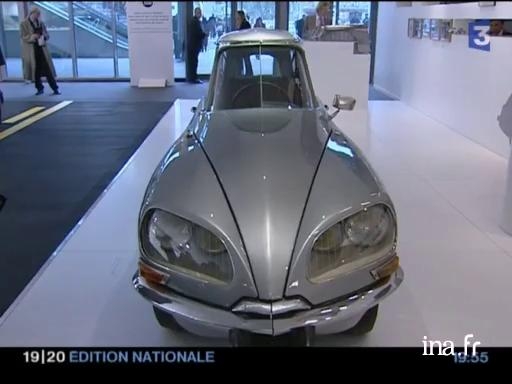Flaminio Bertoni, designer of the Citroën DS

Information
A true cult object since it was launched in 1955, the Citroën DS is honoured today at the International Contemporary Art Fair (FIAC) of the Grand Palais, where it's exhibited in all of its forms. A look back at the history of the mythical car, from the studio of Flaminio Bertoni, its designer, up to the artistic dismantlements-reassemblies in the 1990s, stopping along the way with General de Gaulle and stars of the 1960s.
Context
Behind the curved lines of the star of Citroën cars hides the pen strokes of Italian automobile designer Flaminio Bertoni.
Born in 1903 in Varese, Bertoni interrupted his studies to become an apprentice for the construction firm Macchi, while continuing to practise drawing at night school. An admirer of Leonardo da Vinci (he gave his first son the name Leonardo in 1932), he never stopped improving his style to the point of attracting his employer's attention who moved him over to the graphical conception department. In 1929, he finally founded his own design agency and had large construction firms of the region as clients. Hired by Citroën in 1932, he designed a model for the "Traction Avant" and began to collect prizes and awards. The "2CV" saw the light of day on paper in 1935 but would not be built and sold until after the war. Living in Paris, he continued to work under the occupation and would be briefly incarcerated upon liberation.
The presentation of the DS 19 at the Salon de l'automobile in Paris in 1955 brought a great success and earned him two years later the triennial prize in Milan. The failed assassination against General de Gaulle on the 22nd of August 1962 attracted him unexpected publicity: having taken place in a DS used by l'Elysée, the President of the Republic emerged unscathed from the gunfire. Bertoni died in Paris in 1964 at the age of 61. The town of Varese has now built a museum dedicated to him.




